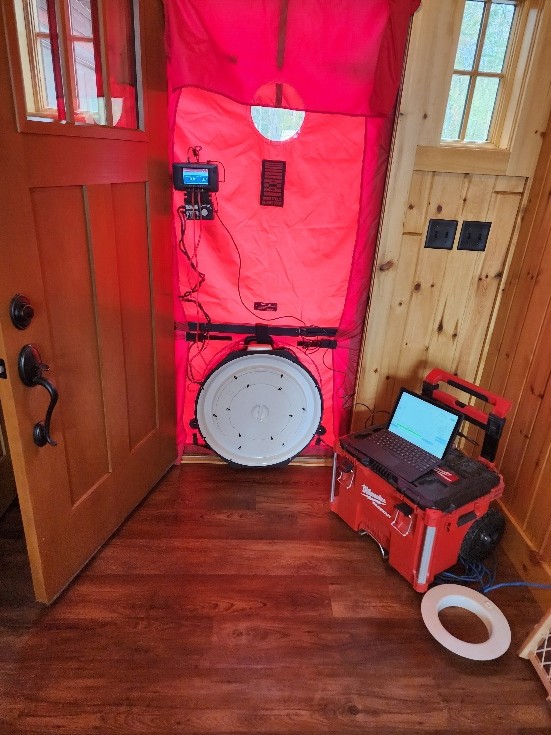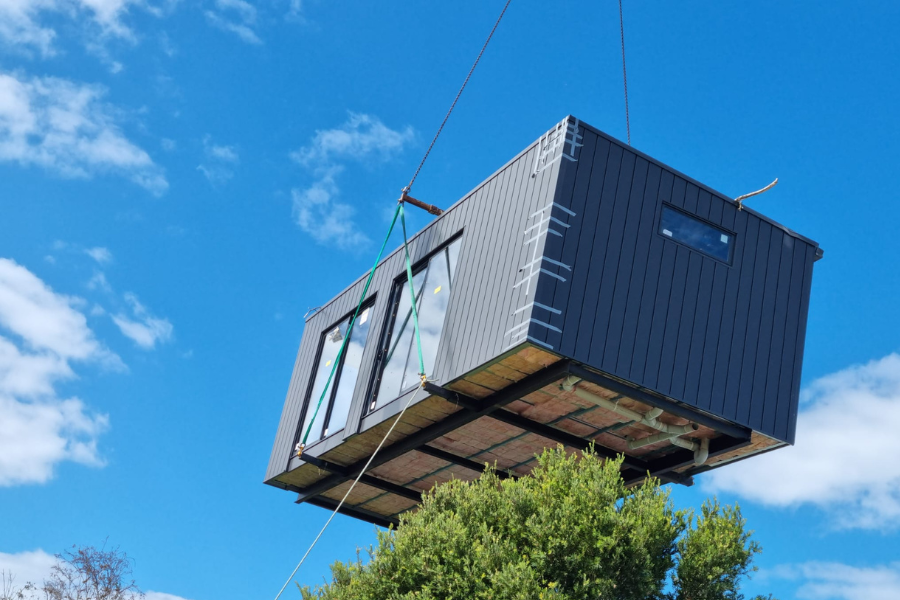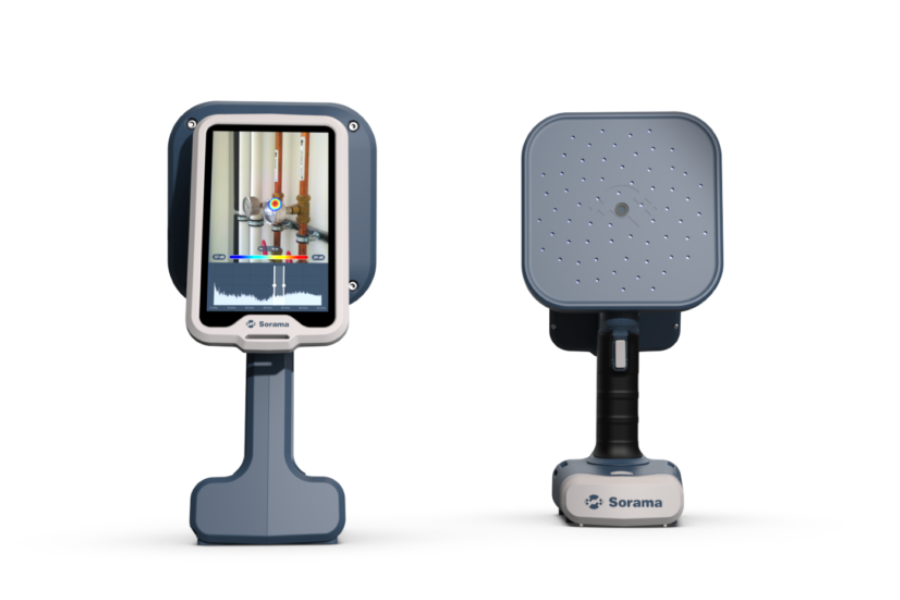Jun 2, 2025
An Up-and-Coming Technology to Detect Air Leakage
Finding air leaks in homes has traditionally been the job of a blower door, but this new method is gaining a foothold.
By: Randy Williams

I purchased my first blower door in 2009. It was used a lot back then for my work as a weatherization contractor, finding air leaks and testing in and out of projects. After my stint in weatherization, I began using the tool to perform a few simple energy assessments and basic energy audits for a local rural electric cooperative. In 2015, I added code-required air leakage testing for new construction to my business. The tool has been invaluable for both quantifying and qualifying the air leakage of structures.
That being said, there are a few limitations to how a blower door works. First, you need to have a mostly complete air barrier. If a home is extremely leaky or the air barrier is not yet complete, as you might see while a new home is under construction, the normal blower door will not overcome the leakage rate to produce the standard test pressure of 50 Pascals. Another issue can be needing to set the blower door up to test a single building component. As an example, let’s say you just installed a new window and you want to confirm the continuity of the air barrier connection to the window. You normally have to set up a blower door (which takes around 10 minutes) just to perform a couple-minute test. There is an alternative way to test air leakage, it’s called acoustic leak detection.
How Acoustic Technology Works
Sound is a vibration or a pulse in air pressure. These pulses move through the deficiencies of a structure’s air barrier or air control layer. With the right acoustic equipment, sound waves can be detected as they pass through these cracks and crevasses of walls, roofs, foundations, or other assemblies. The technology isn’t new, a company in Britain called Coltraco has been using acoustics to test the watertight integrity of ships for decades. It wasn’t a big leap to modify the tool to find air leaks in homes and other structures.

Coltraco’s tool (called Portascanner®) uses a sound emitter or generator and a receiver. The emitter generates sound at the frequency of 40,000 kilohertz, which is well above what humans can perceive. The receiver is designed to “hear” the noise at those high frequencies. The equipment is setup so the noise generator is on one side of a wall or assembly, and the receiver, the other side. The equipment is turned on and a wand with a microphone that is connected to the receiver module is moved around the location of a suspected air leak. The receiver has both a visual digital gauge showing sound intensity and a set of headphones where noise signifying a leak becomes louder as the size of the leak increases. According to Coltraco, leaks as small as 0.002 inches (about half the thickness of human hair) can be detected.
The tool can be set up and taken down in a couple minutes. You do not need a complete air barrier for the tool to work; you can test a window, for instance, without having a complete air barrier. And you don’t need a temperature differential like when using a thermal imaging camera for the tool to find an air leak. One drawback is that you cannot actually see the air leak like you can with thermal imaging. But the technology of seeing a sound wave does exist and is beginning to be utilized in the construction market.

A second manufacturer of acoustic air leakage detection equipment is Sorama. Sorama is based in The Netherlands and is the manufacturer of several different acoustic devices. Their tool most associated with building air leakage testing is the CAM iV64. This device looks similar to a thermal imaging camera, with the exception of several sound sensors and a camera lens that are built into the face of the unit.

The tool senses sound at a selectable frequency and visually marks the sound’s source on the touch screen display integrated into the unit. In my opinion, this is the direction acoustic air leakage equipment will be moving to in the future.
Acoustic air leakage tools are not a replacement for the blower door test; they cannot quantify air leakage rates of whole buildings, nor are they good at finding complex three-dimensional air pathways. They are good at detecting direct, or nearly direct, air pathways (such as you might find around a window or door) and they do not need a complete air barrier to test. They are also very quick to set up and test. Prices for these specialized tools are high, but I suspect they will begin decreasing as more competition enters the market and the technology advances.






